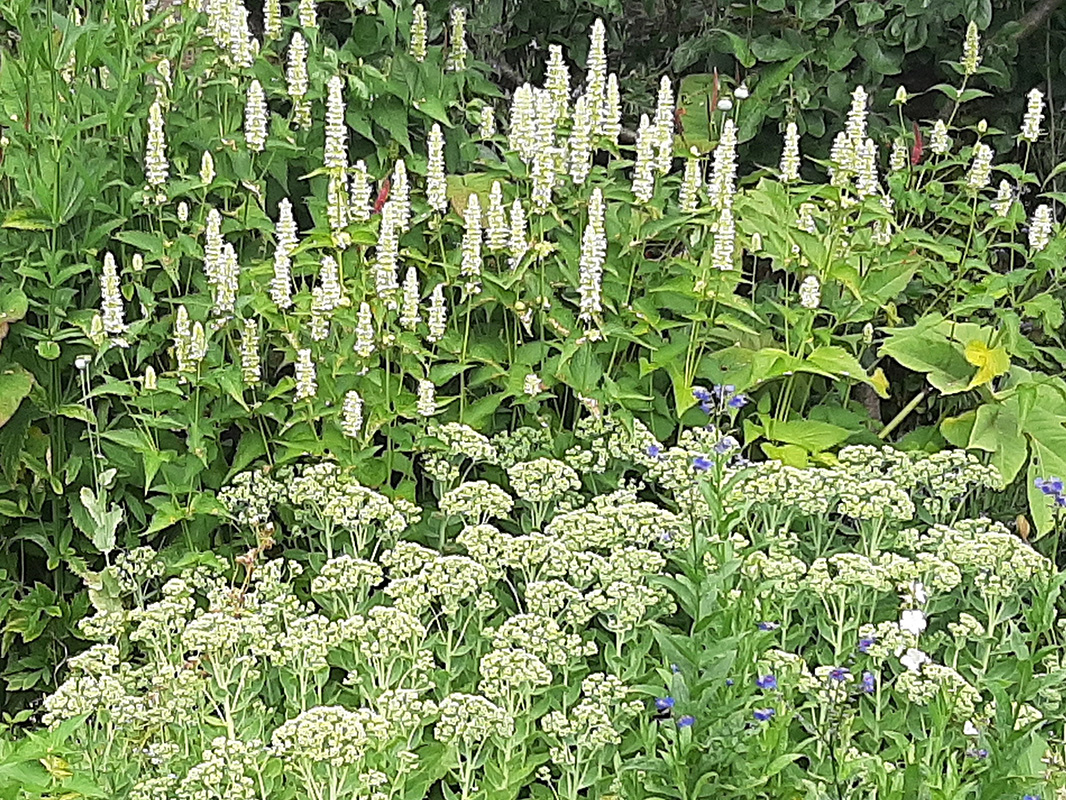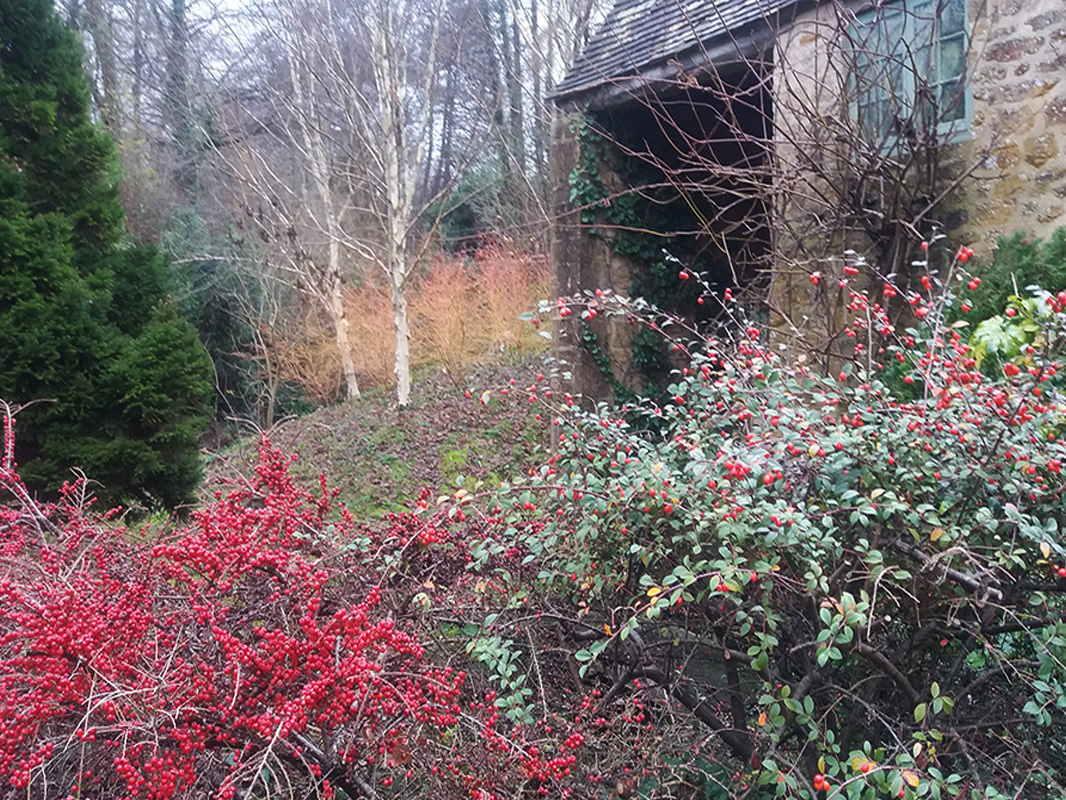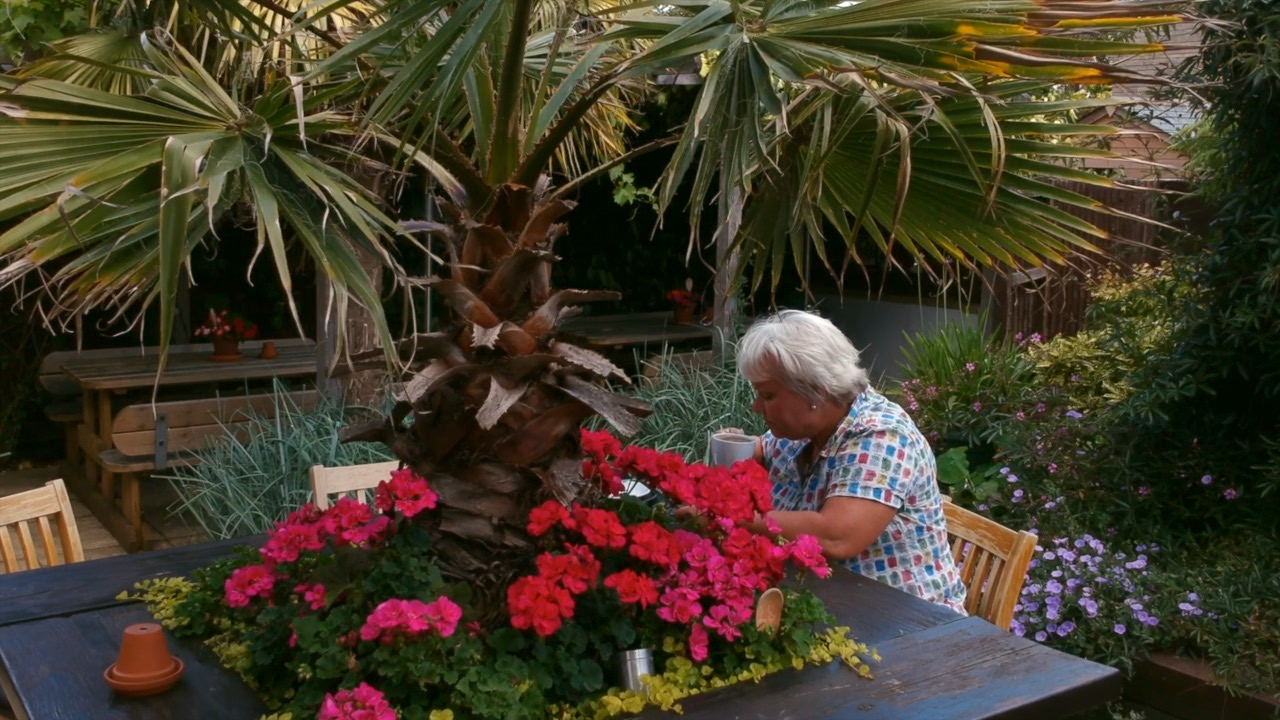Say no to blobby pruning
As I drive around Somerset in winter, I notice well pruned shrubs, and more commonly, badly pruned shrubs. Pruning is done for our convenience more than for the sake of the shrubs, preventing them taking over the garden or blocking out the light. I am not keen on prospect of midwinter pruning as the days are short, wet or freezing. However I spent a whole day of glorious but freezing sunshine on February 27th in a large garden in the Blackdown Hills pruning late clematis, roses and apples, and much good was done.
I also pruned a Clematis montana back to the bone. I had been meaning to do this rambling beast for the last three years after it flowered in May, which is the correct time for an early clematis, allowing a whole summer for new growth to develop on which the next season’s flowers will be produced. Having failed to do the right job at the right time, I decided doing the right job at the wrong but available time was better than not doing it at all. 10 metres of ancient growth and hanging festoons of tangled growth on the end of a stable are now pruned to a shapely framework, which should grow at least 2 metres this year. There will be no flowers this season, but all will be well in 2019.
It is a mistake to prune everything in sight in the same mindless way, reducing every shrub to a blob. Trim your small leaved evergreens such as box and yew like this if you must, but I make a plea for coppice pruning, either totally or partially, for shrubs that flower gracefully to the tips of their branches and show a great willingness to shoot from the base of the plant. Coppicing means cutting stems as near to ground level as possible, not leaving a series of stubs.
After flowering, remove a quarter of the thickest stems in April on early bloomers such as Forsythia Lynwood, Lonicera fragrantissima or Viburnum bodnantense and it follows that after 4 years you will have completely replaced the original shrub, keeping it in a perpetual middle age without leaving a large gap in the process. Such a shrub, if neglected for a decade, will have stems growing so closely together that you can’t put a saw or loppers between them. To then cut the whole shrub to the ground is drastic, but you will be rewarded by rapid replacement growth. I am also rewarded by the look of sheer horror on a client’s face when I do this, but I am usually forgiven once the shrubs have grown back with renewed vigour.
Peer into the centre of shrubs and see if they are producing new shoots from the ground or near to it, and you will have success with coppicing. Ancient ceanothus, hebes and most conifers will be barren within – to cut them to the floor is to be sure of killing them, which is usually a good thing. A death in the garden is not a problem; it is an opportunity for renewal.
Summer flowering deciduous shrubs such as buddleia, weigela, philadelphus and hydrangea macrophylla are also best coppiced, not blobbed. Any time in winter when the leaves are off is fine. Buddlieas and weigelas are best whacked back every few years to a stool (like a milking stool turned upside down). Partially coppice the hydrangeas and philadelphus. You may reduce the length of a hydrangea stem, but please do not touch even the slightest tip of the philadelphus or it will sprout like a witches broom, losing all elegance. The sight of such butchery will annoy me immensely but I don’t suppose many other people will notice at all.



